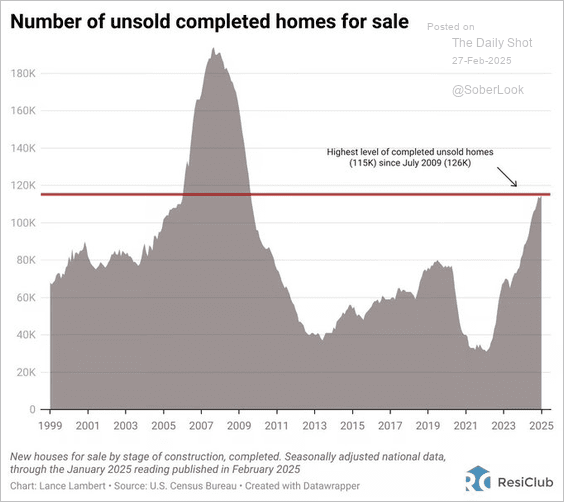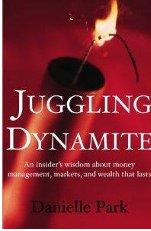Merryn Somerset Webb interviews GMO co-founder and notorious caller of market bubbles Jeremy Grantham. Grantham, who also serves as the firm’s long-term investment strategist, leans into his more than five decades of investing experience to explain the current “super bubble” in the markets. He comments on when we’ll see a correction, the fate of the green transition and why he’s so concerned about population decline. Here is a direct audio link.
Follow
____________________________
Cory’s Chart Corner
Load MoreMany will focus the blame of market drawdowns on the tariffs and ignore the fact the SP500 (only a few weeks ago) was trading at 4 std devs above its historical mean…valuation also matters.
The Kobeissi Letter @KobeissiLetterBREAKING: The European Union is preparing further counter measures against newly announced US tariffs of 20%, per CNBC.
____________________________
Danielle’s Book
Media Reviews
“An explosive critique about the investment industry: provocative and well worth reading.”
Financial Post“Juggling Dynamite, #1 pick for best new books about money and markets.”
Money Sense“Park manages to not only explain finances well for the average person, she also manages to entertain and educate while cutting through the clutter of information she knows every investor faces.”
Toronto SunSubscribe
[email-subscribers-form id="1"]This Month
Archives
Log In


